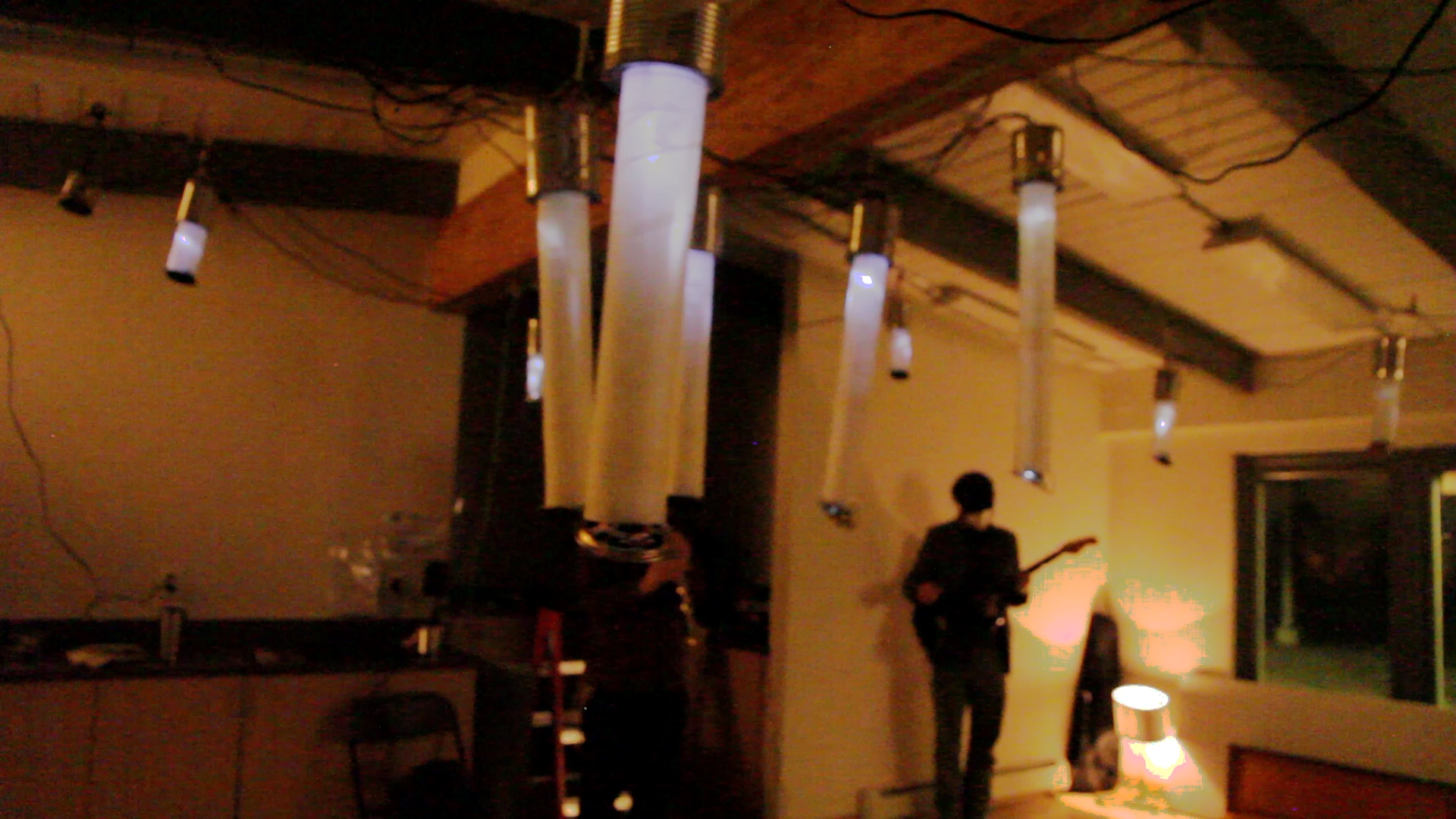
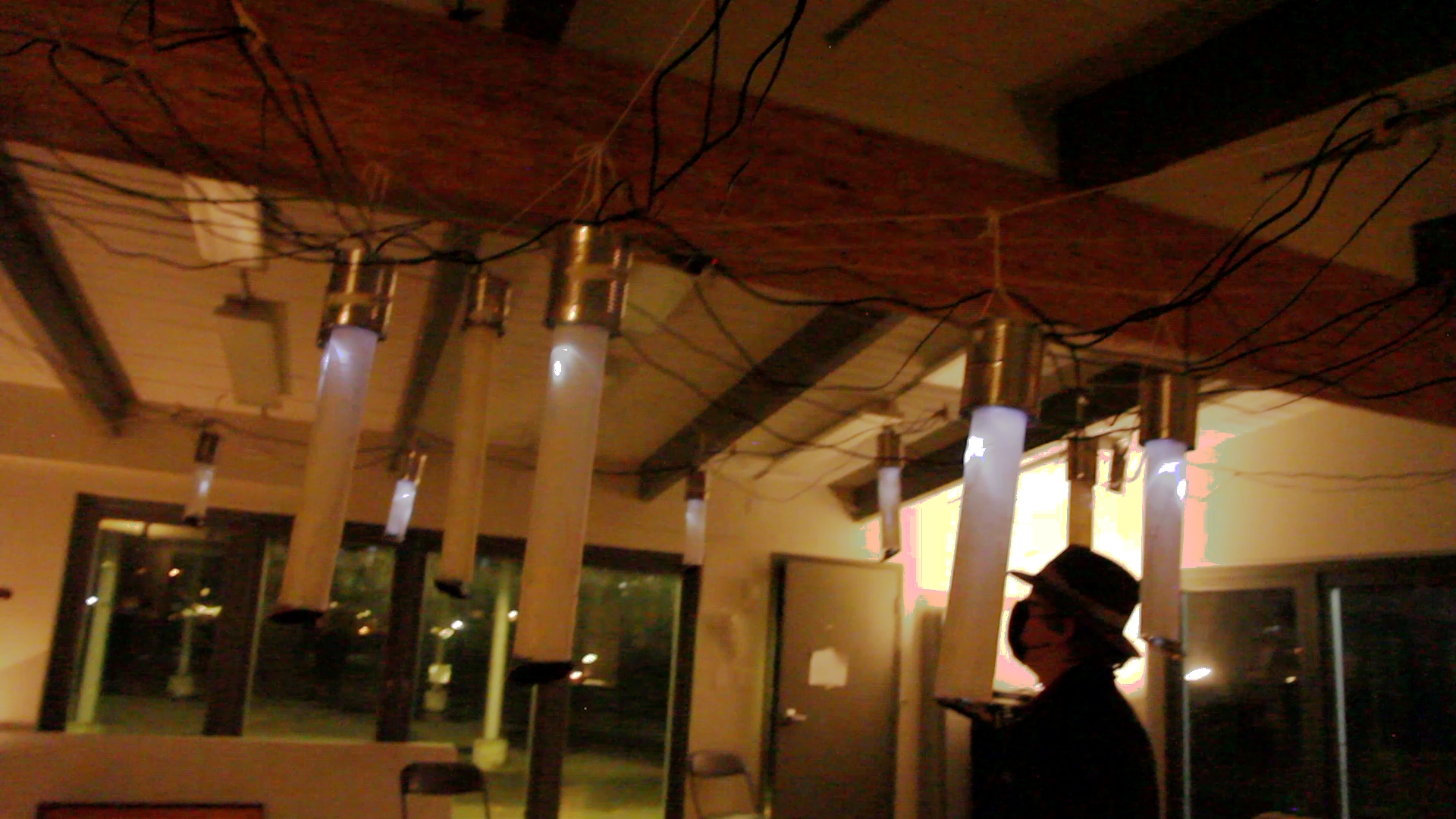

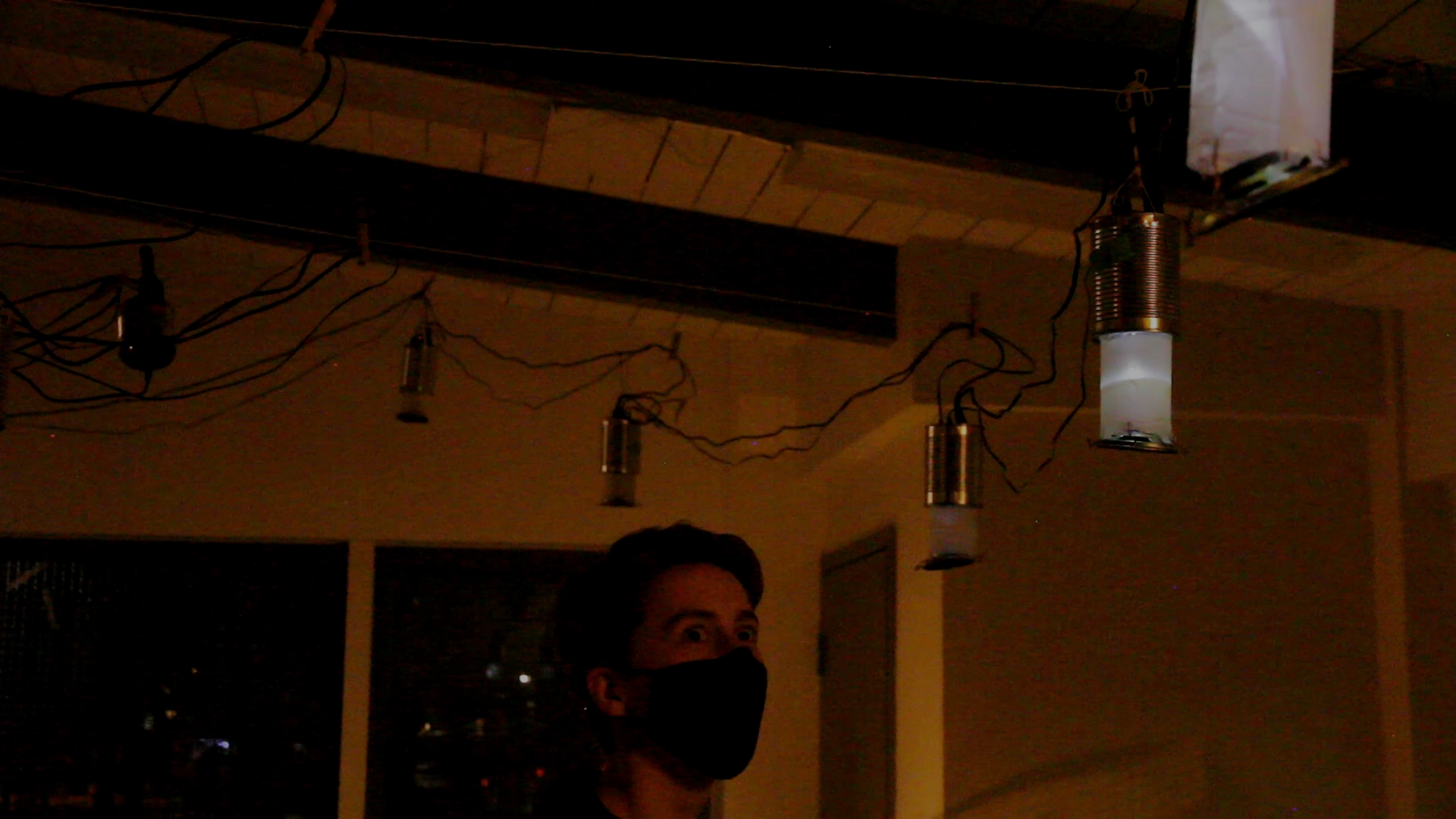
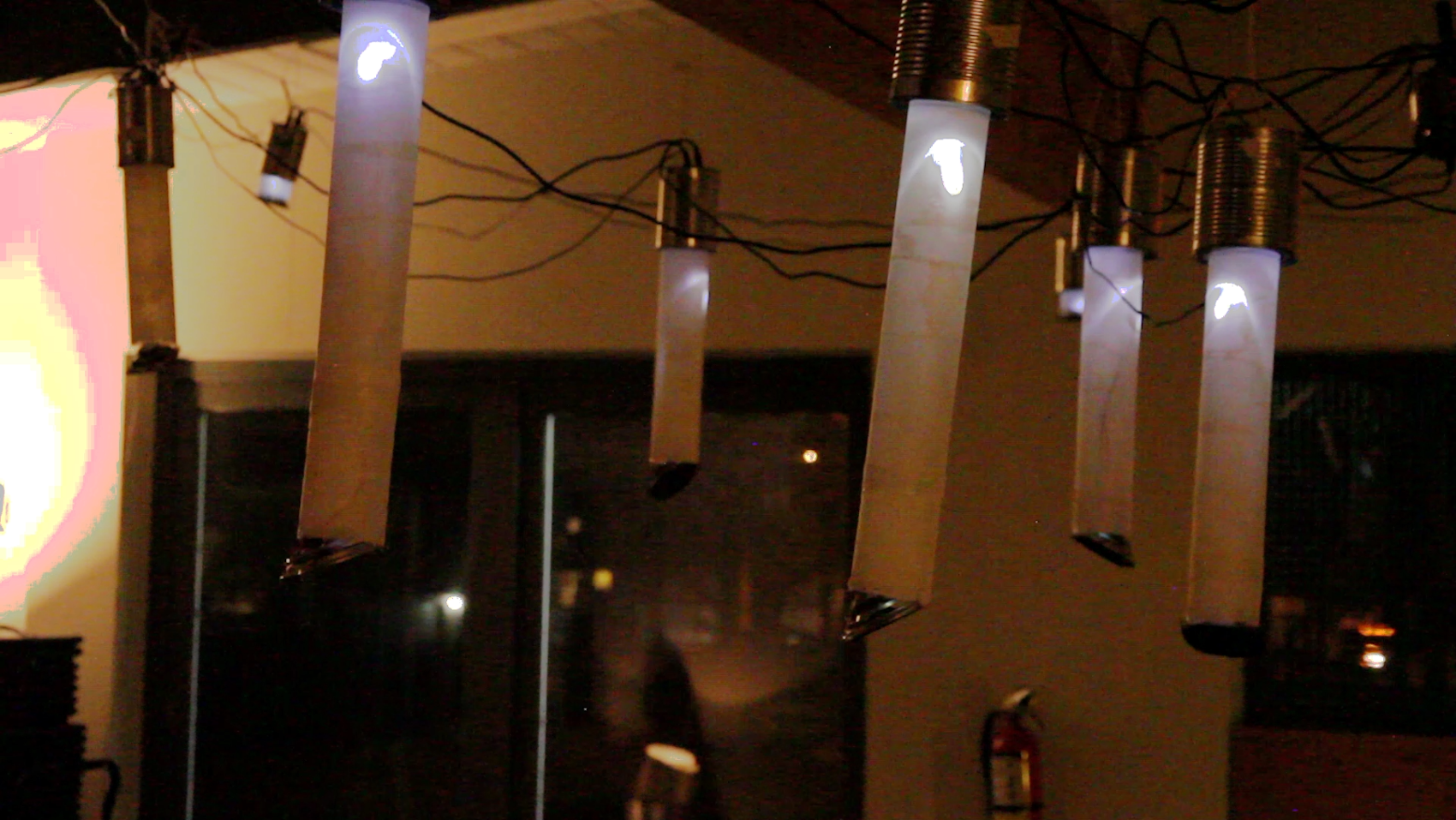
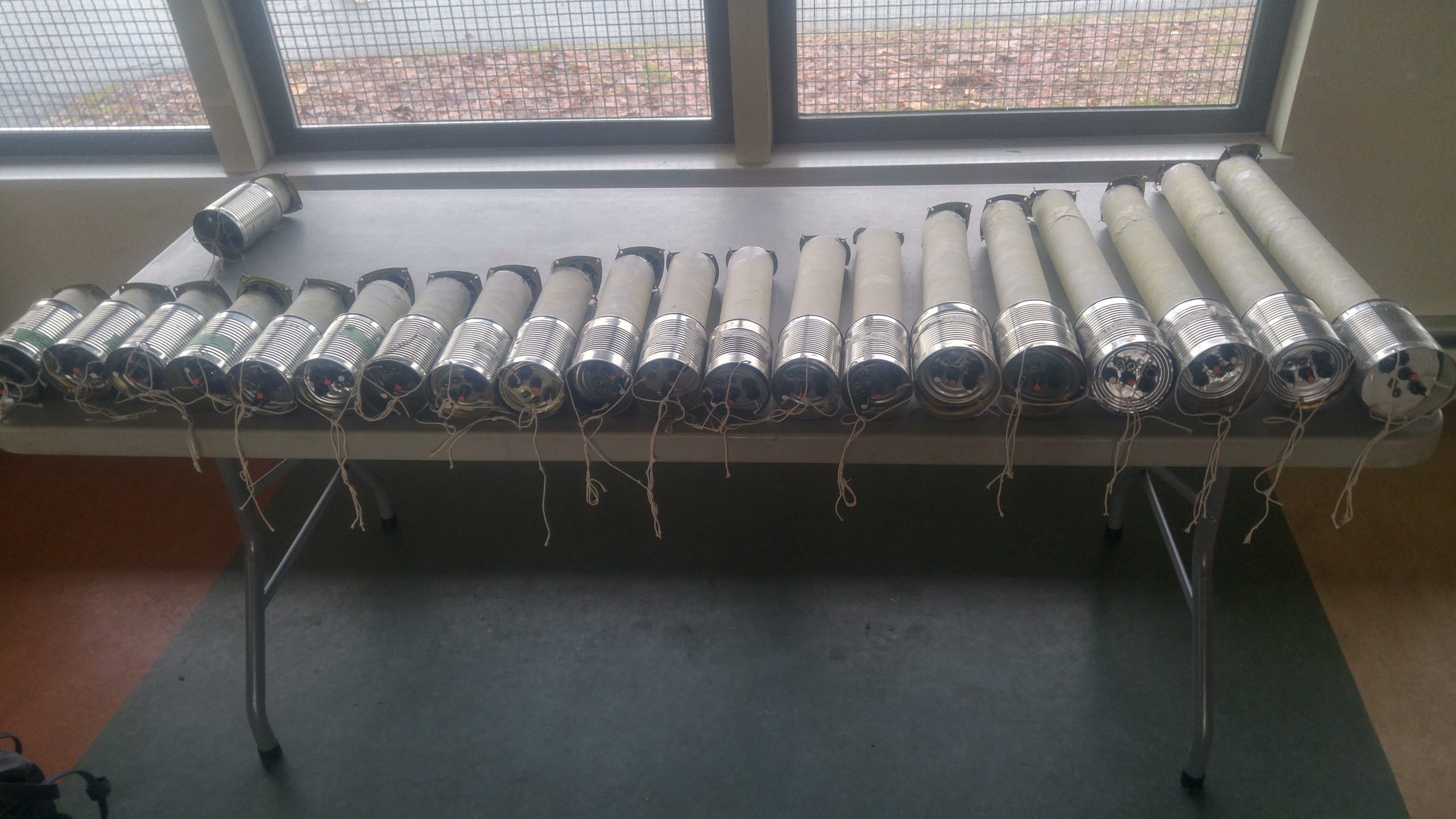
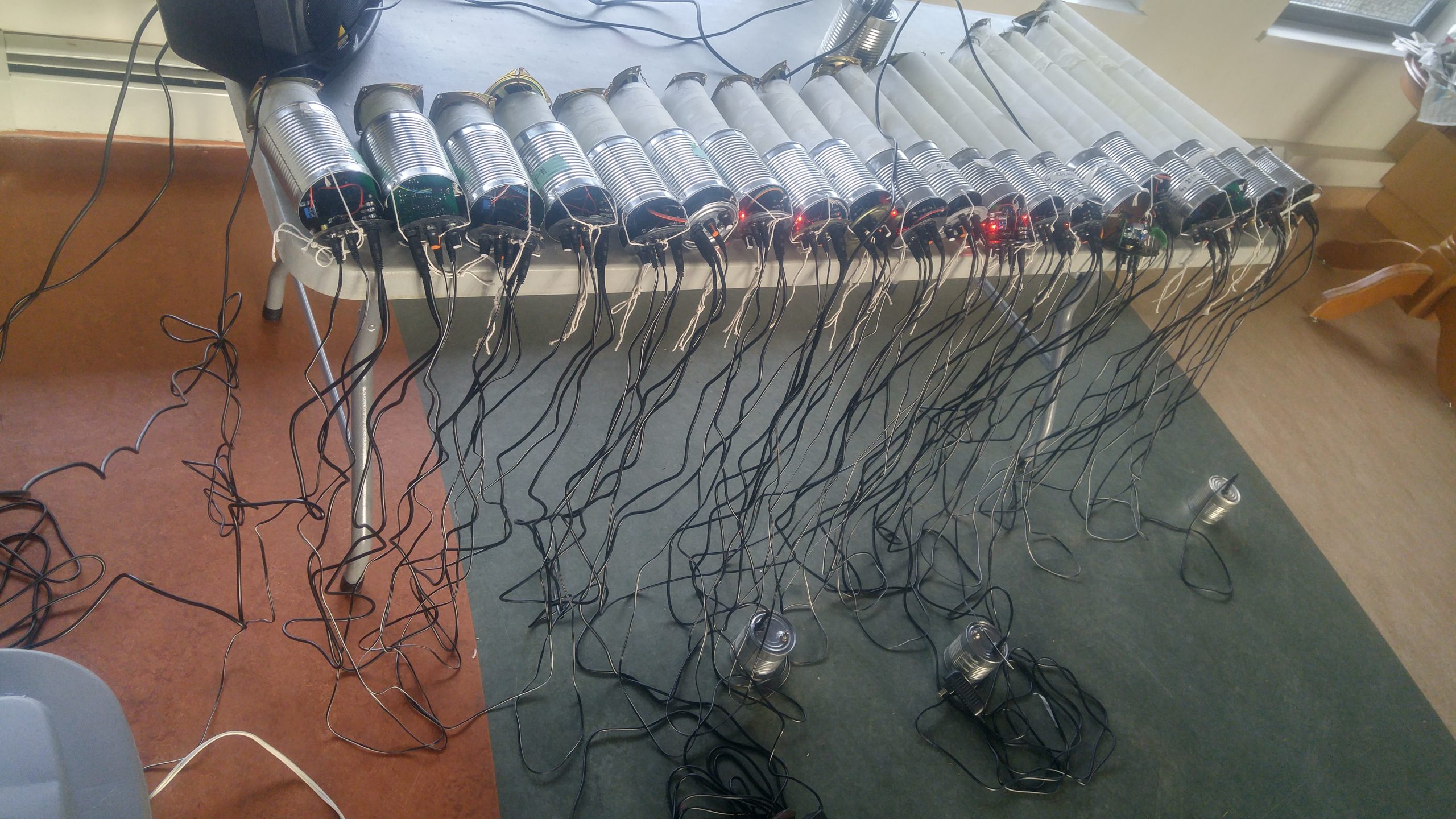
I started experimenting with several ways to make loudspeakers that would distort sounds sent to it. First I tried out making my own voice coils, piezoelectric crystals, and attaching speaker divers to different shaped materials. I got both my homemade voice coil based drivers and piezoelectric crystals to work but they were very quiet and needed a lot of amplification to work and did not really filter/resonate in the ways I had hoped, in fact with enough amplification they sound like a normal speaker. In the first series of tests, what seemed to have the most promise was the shape of the body of the speaker. So then, I started trying different objects, materials and shapes to be the resonant bodies for a speaker. What I found to be most effective was having the speaker driver over a narrow opening of a hollow body, which would then start to resonate at certain pitches. At the same time I was researching and experimenting with electrical components that could be incorporated into the speakers. Which resulted in finding a way that each speaker sounded at a very narrow range of frequencies. Which is what I needed to spatialize sound by pitch .

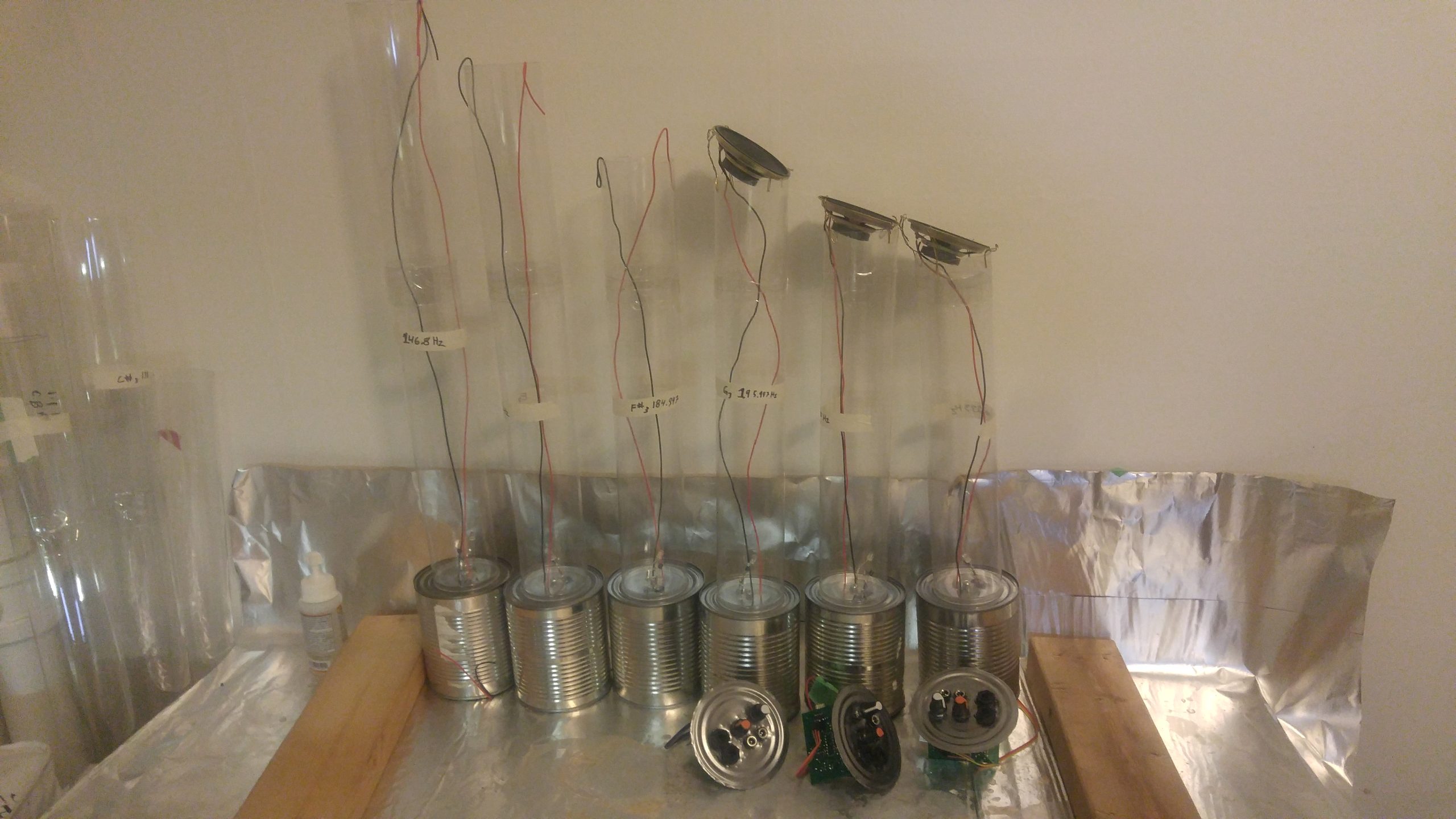

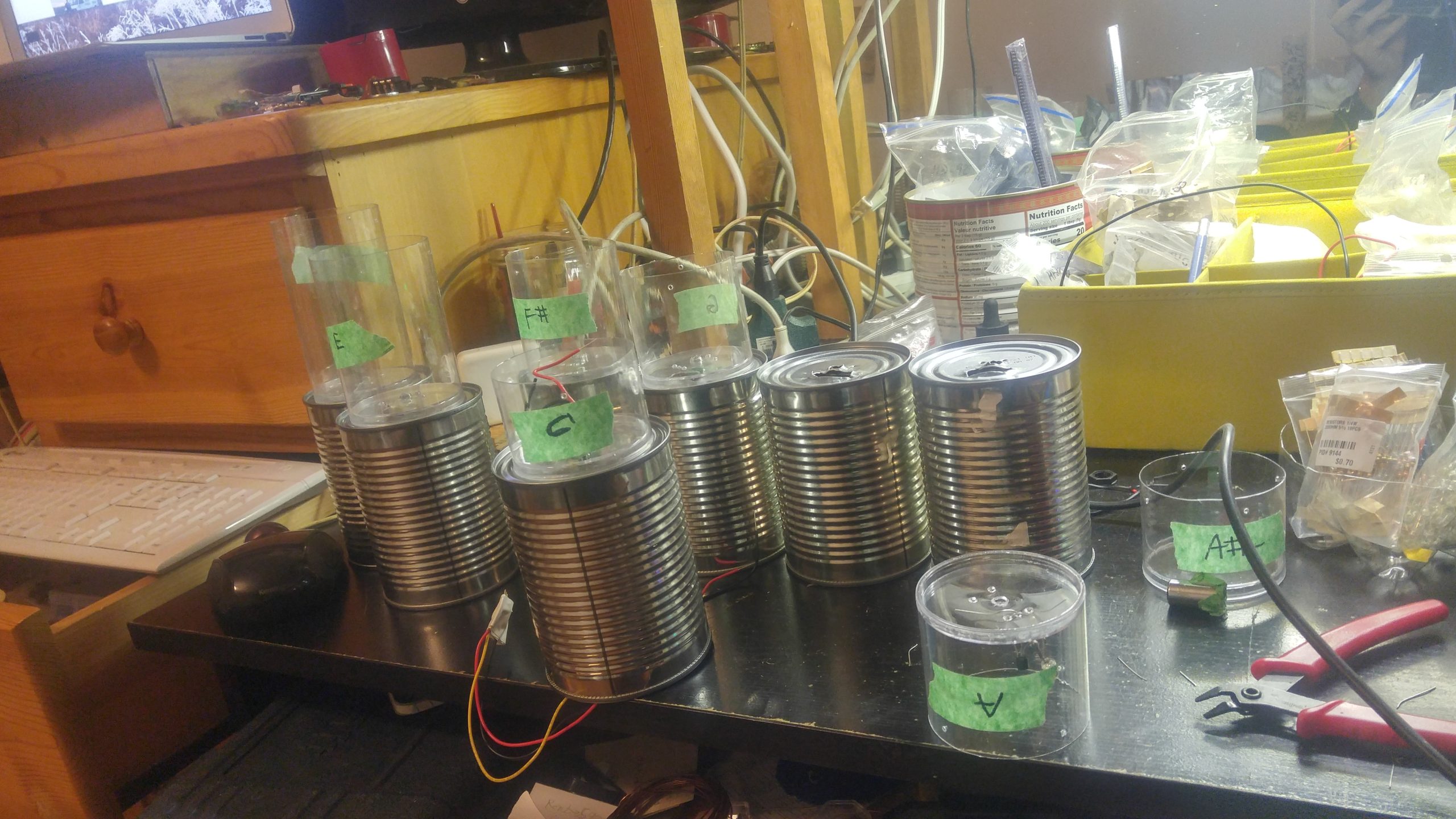
The key achievement was being able to make speakers that only resonated to a very narrow range of frequencies, at most plus or minus a semitone. When I started, I did not know how hard it was to make a filter that narrow and sharp. I now know much more about wave mechanics and how that is a difficult problem. But luckily for me I wanted speakers that also distorted the sound while filtering it by pitch. Because of this I could use the resonance of tubes which will add their own sound when resonating. I could also use the resonance of electronic circuits which can start to oscillate if given enough energy.
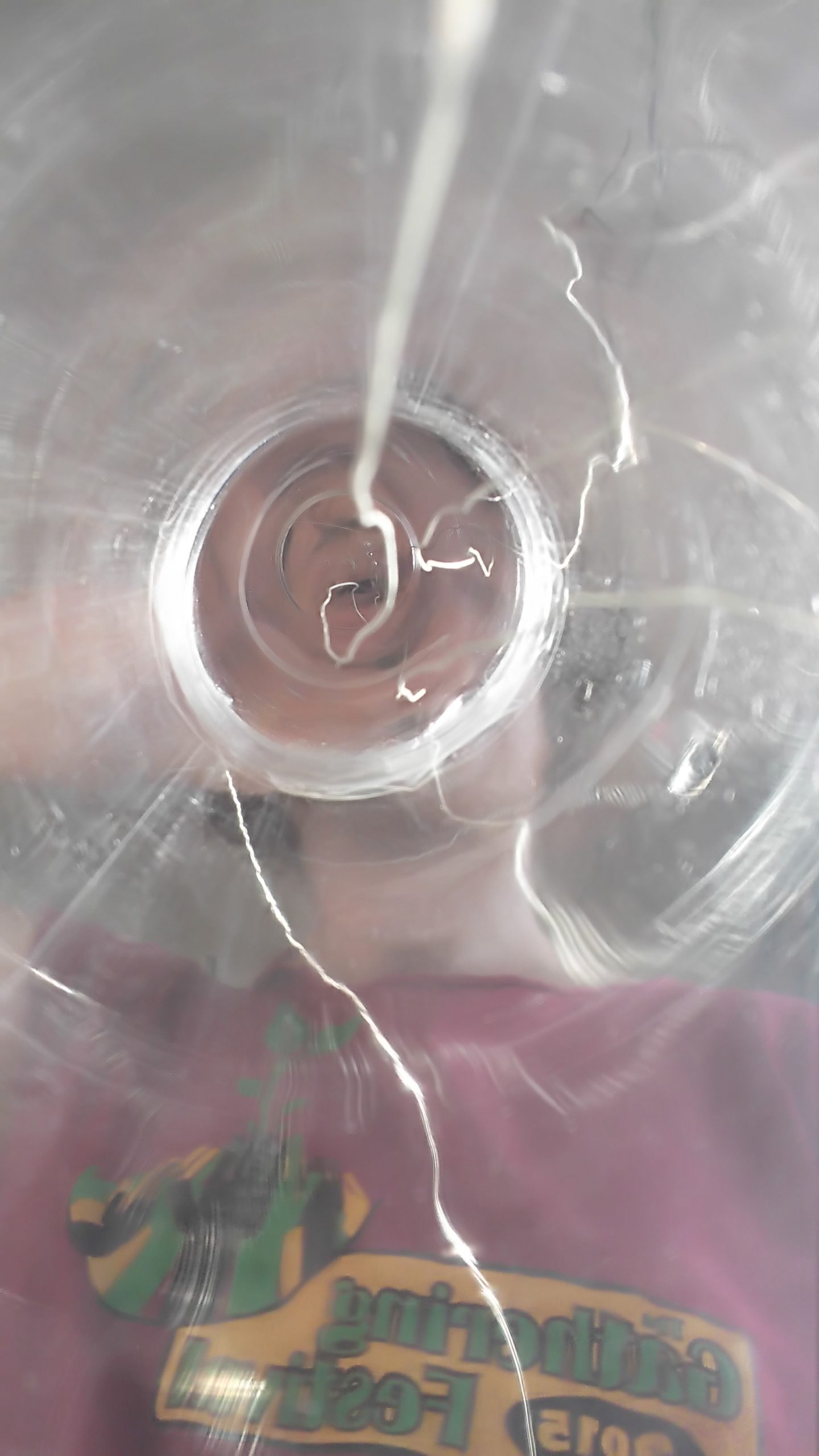
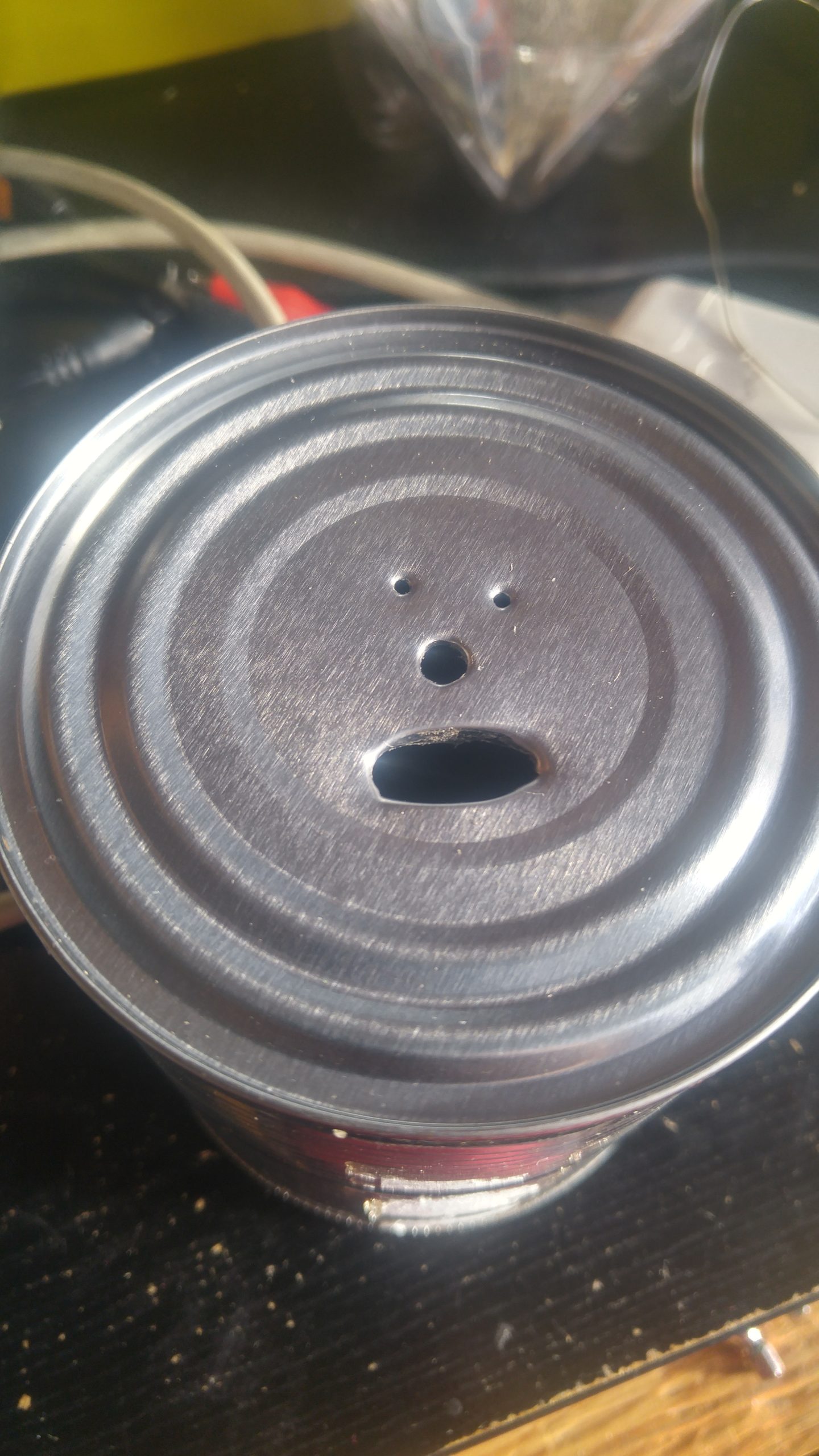
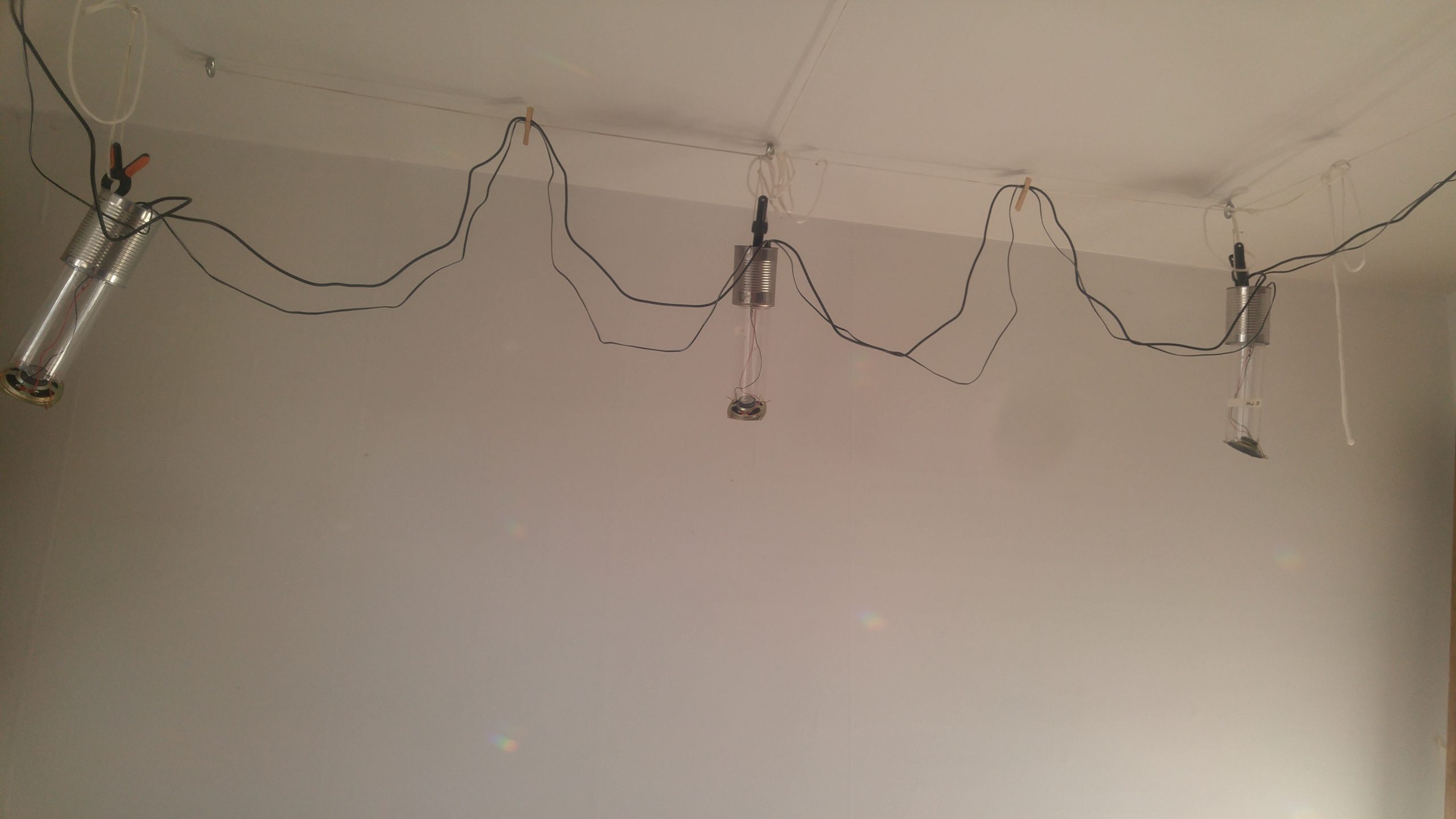
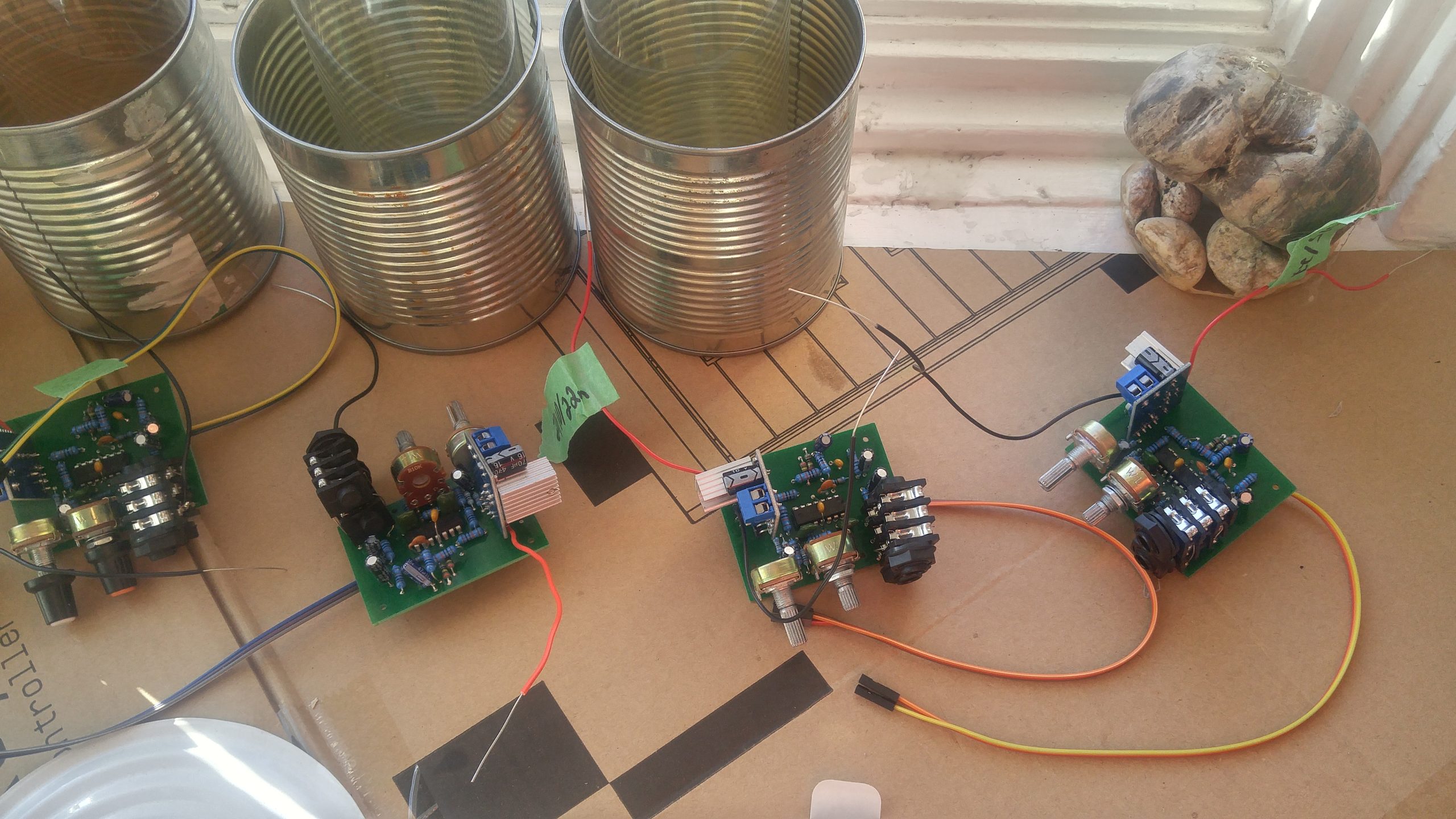

I found close bottom cylinders made good resonators, as their pitch center is based mostly on its length and it was the easiest shape, I found, to get resonating. I also found the universal filter circuits to be the most useful for experimenting as one can adjust the circuit’s resonance center pitch, its Q(how much resonance), and gain more or less independently. To get the narrowest possible pitch response in the speaker I found I needed a very high Q which gave each speaker the tendency to start oscillating very easily. But with much balancing of the speaker system I was able to get spatialization by pitch throughout a space, with speakers only sometimes singing on their own.

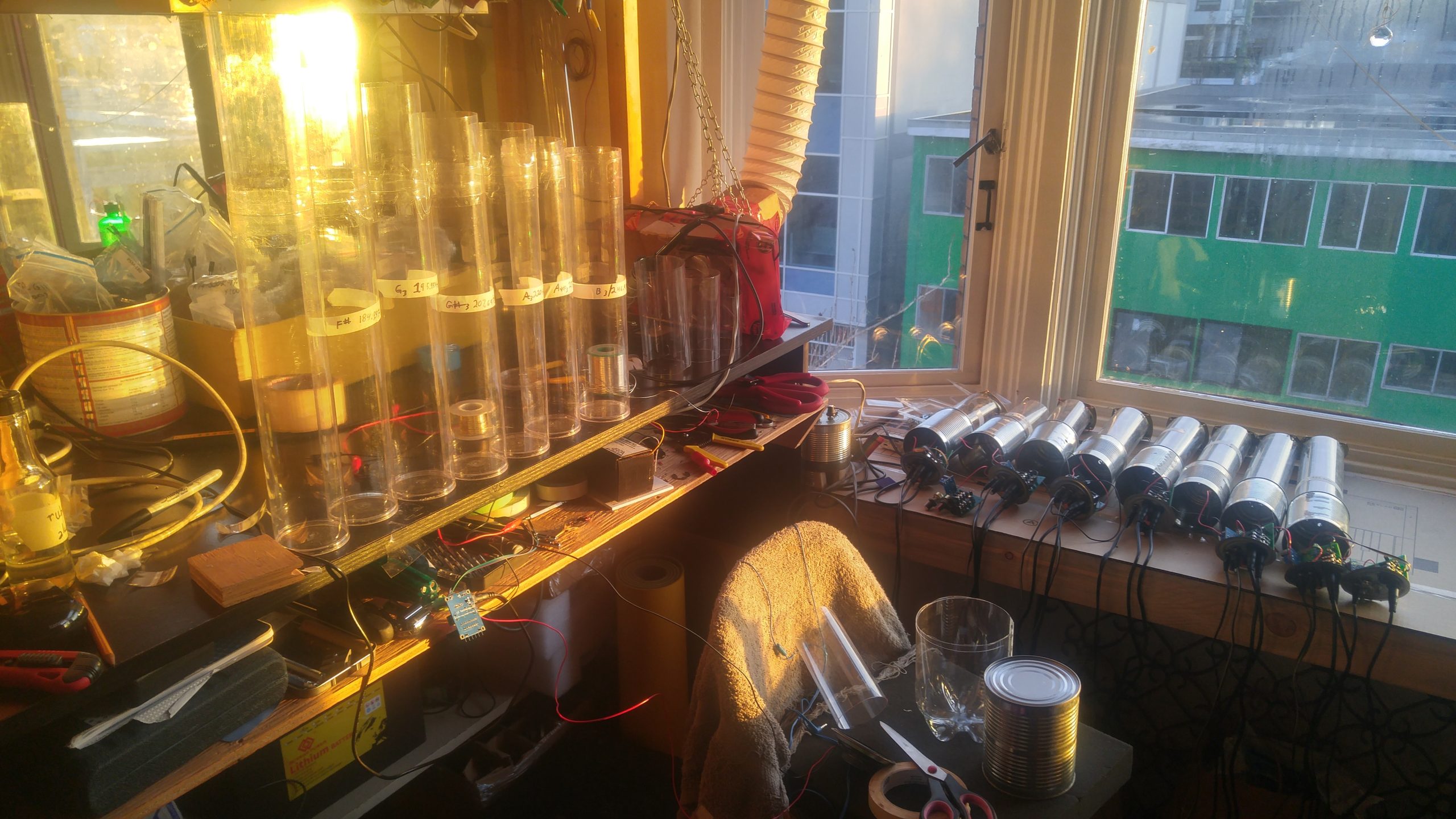
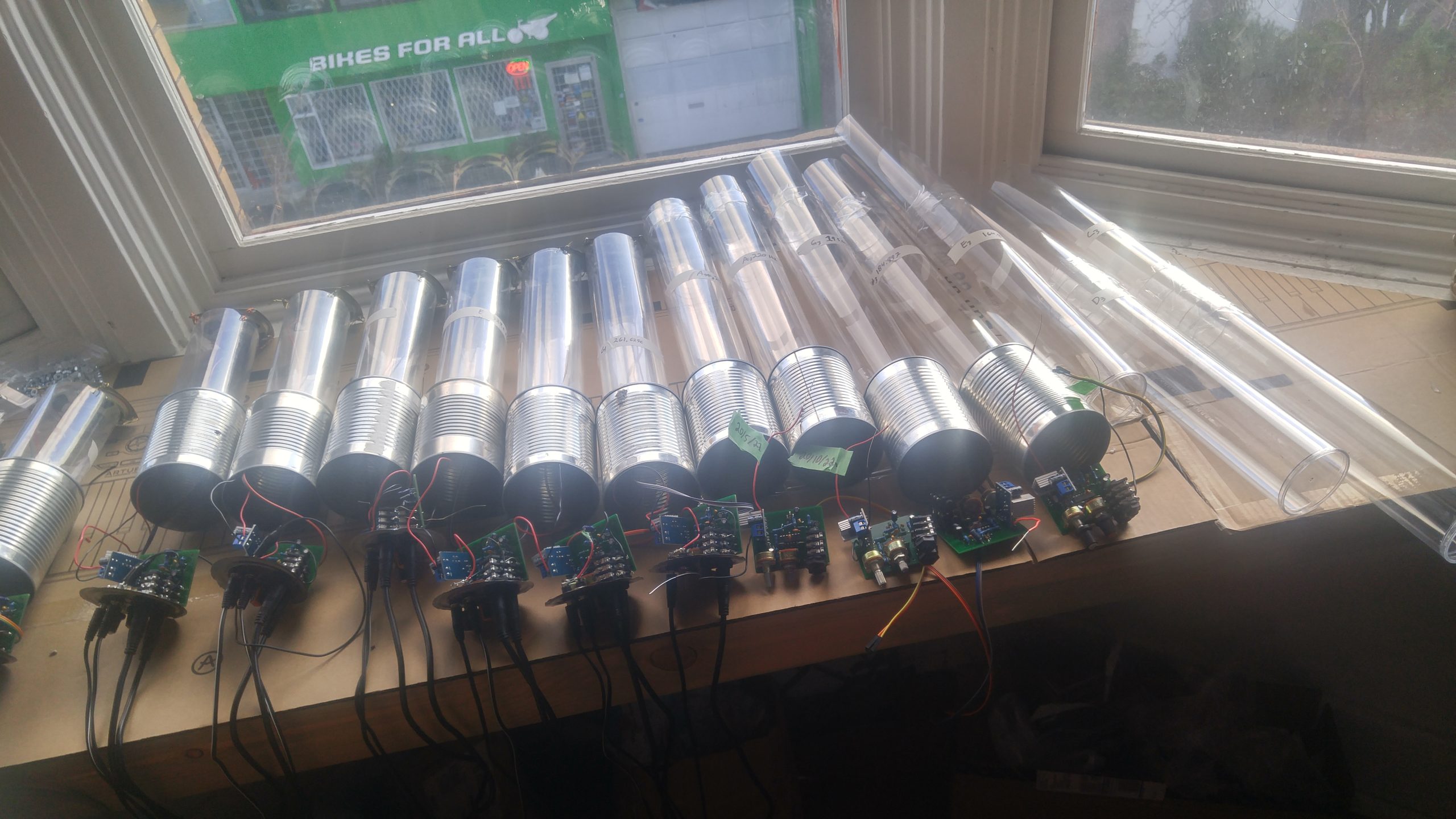

In summary the speaker system divides sound sent to it so that each pitch has its place in the room and the mix of the pitches and overtones changes as one moves through the room. As a bonus the speakers also add the sound of their own resonance, noise, and sometimes start to sing on their own.
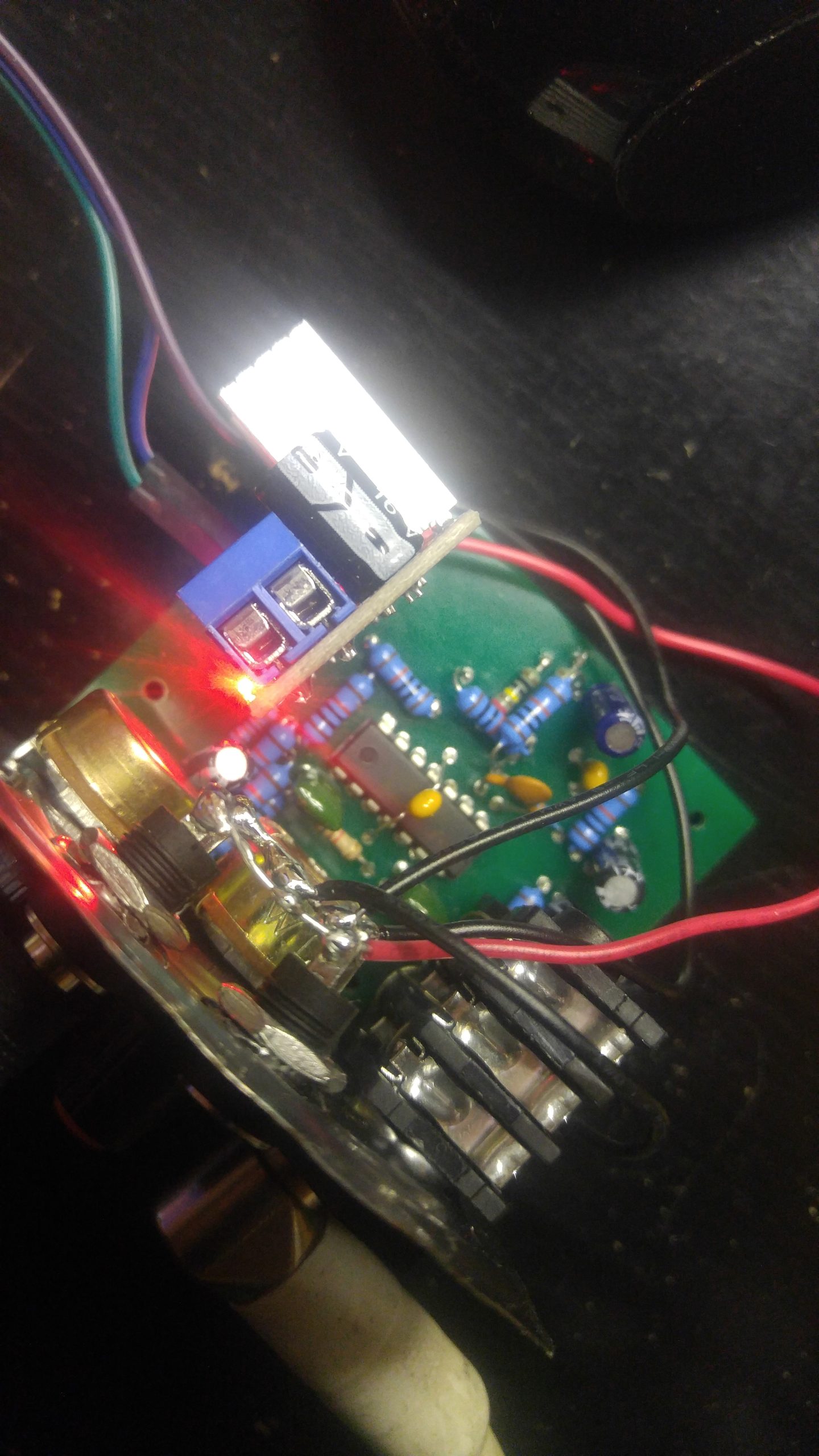
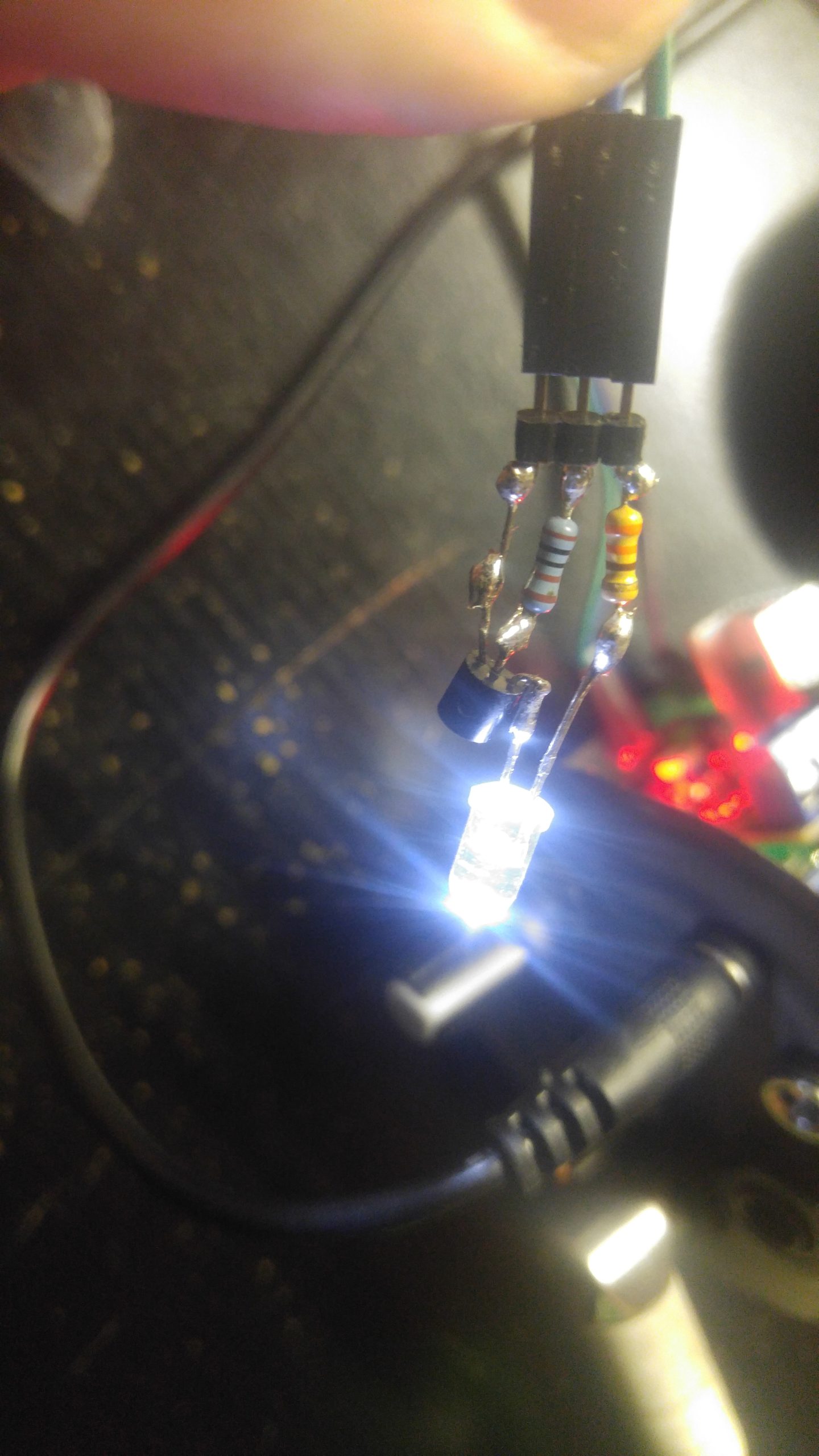
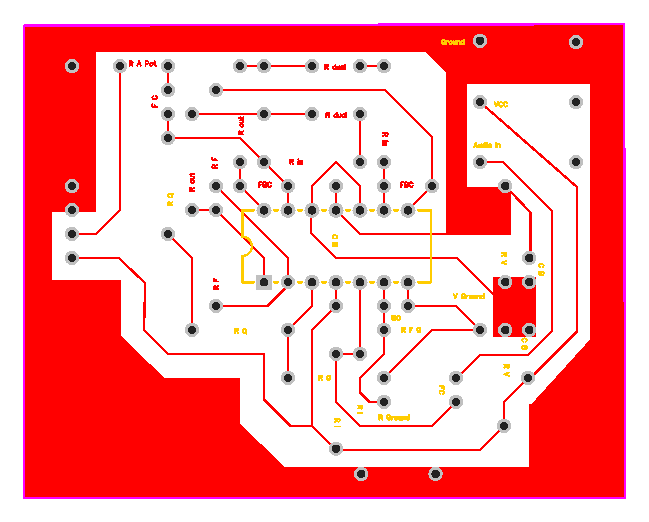
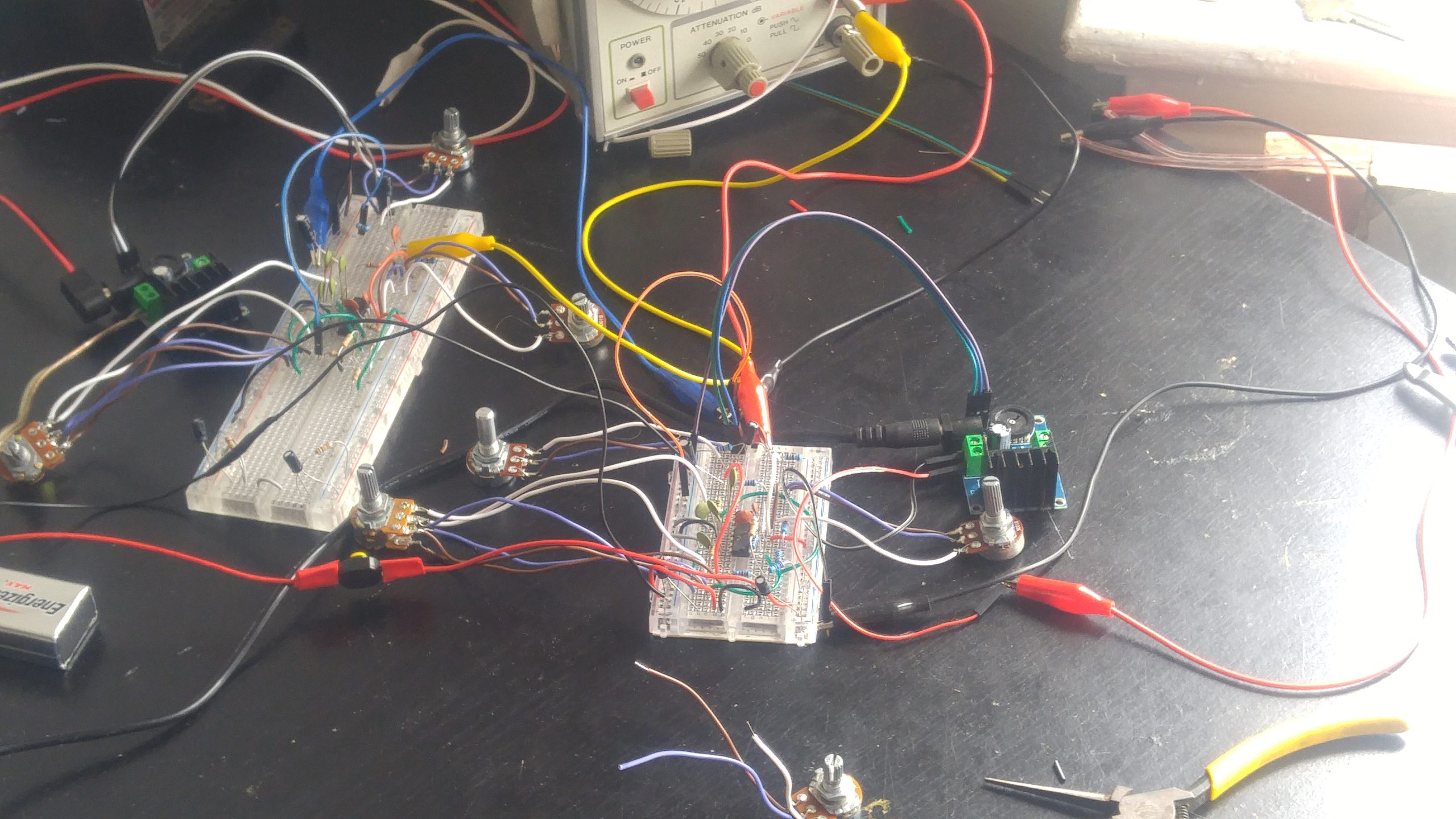

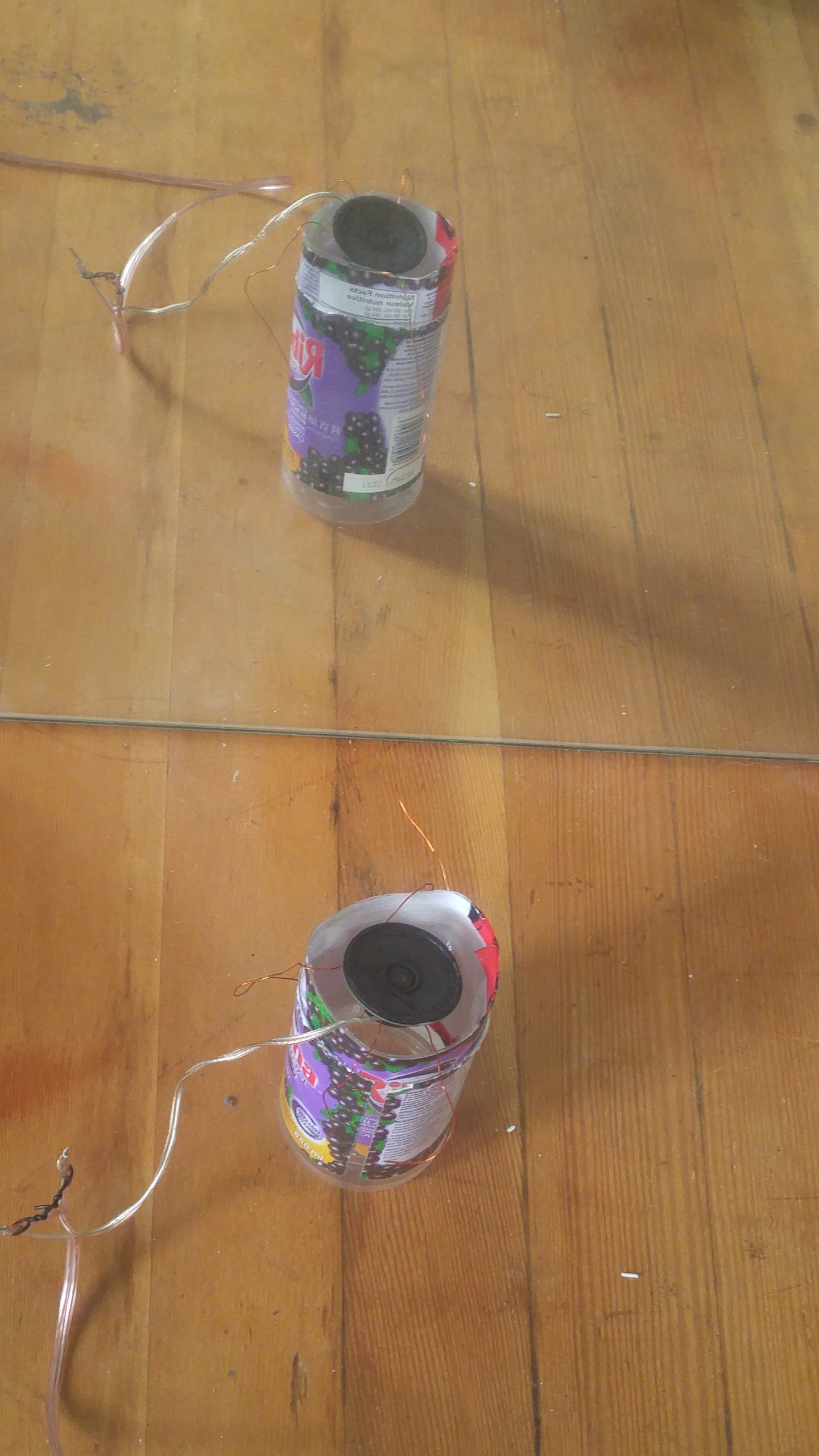
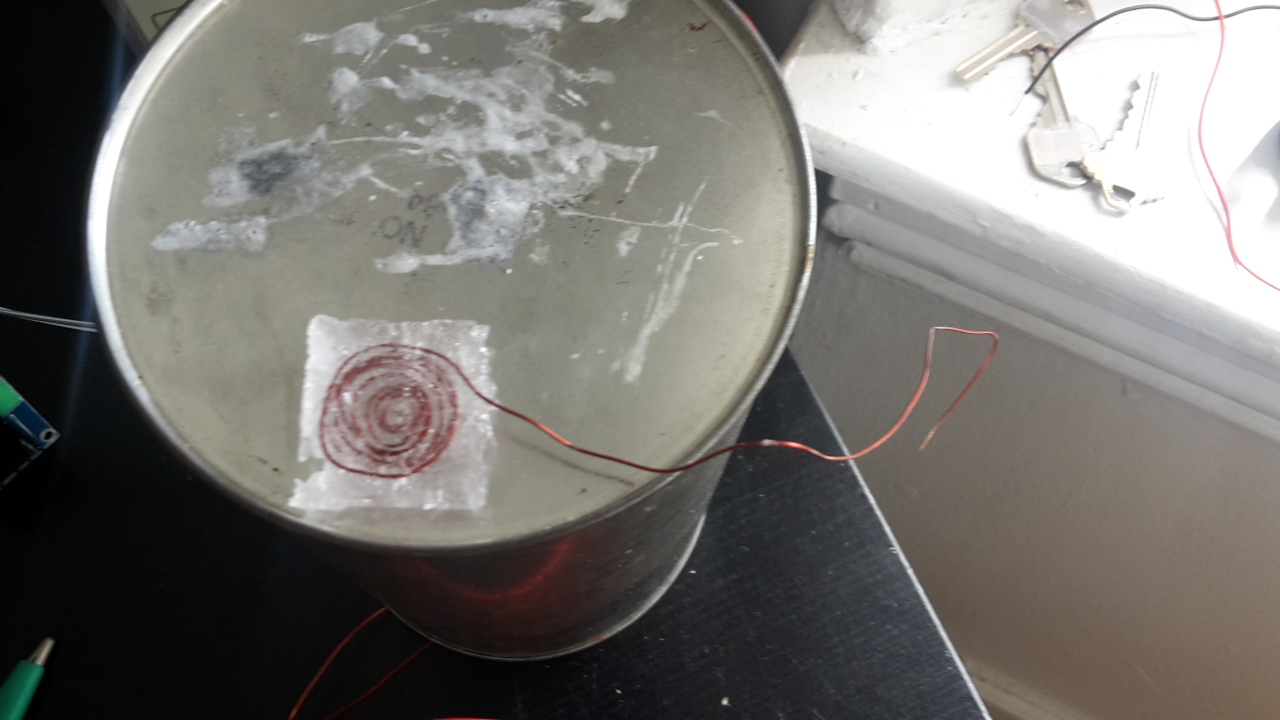
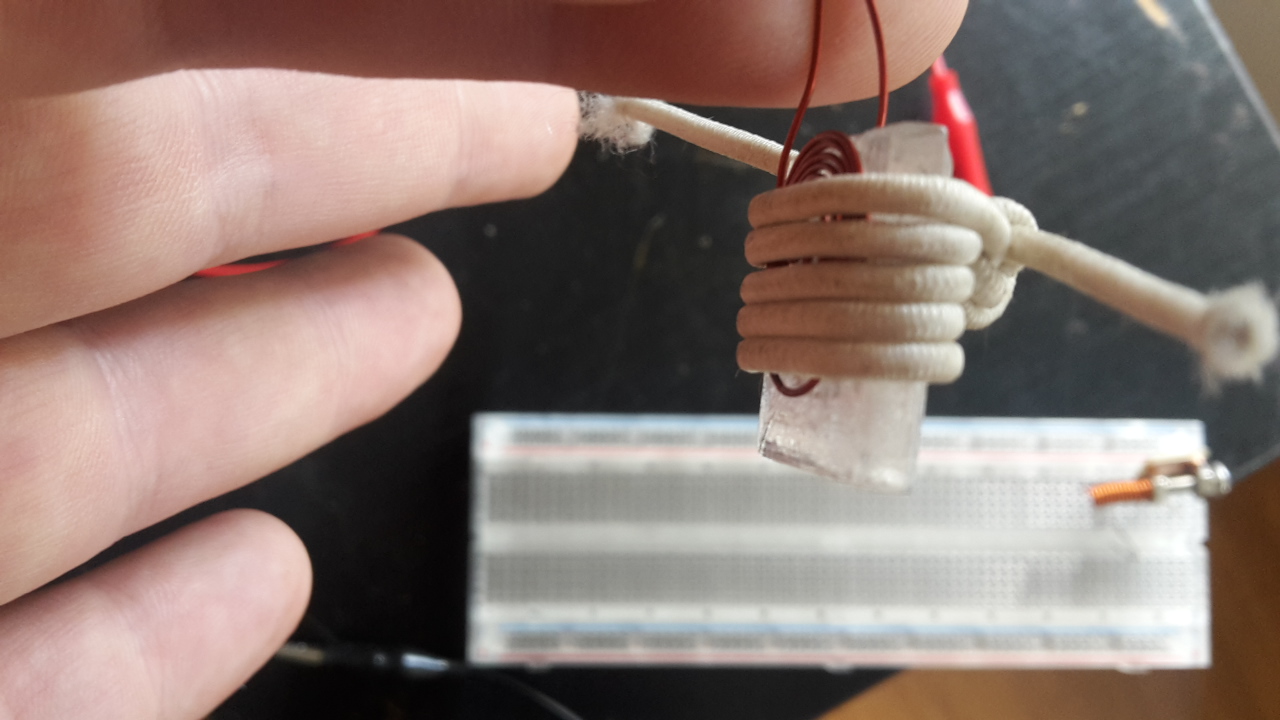
—– Below Posted mid way thru project —–
I
V
High {In}fidelity Speaker System is my current Research Creation Project Funded by Canada Council for the Arts. Here are some sneak peaks of some of what I have been Working on and have also remembered to take photos of 😛 . I am in the process of documenting more of what I have already done so far. So, Many many more updates to come!! Also this is a work in progress!
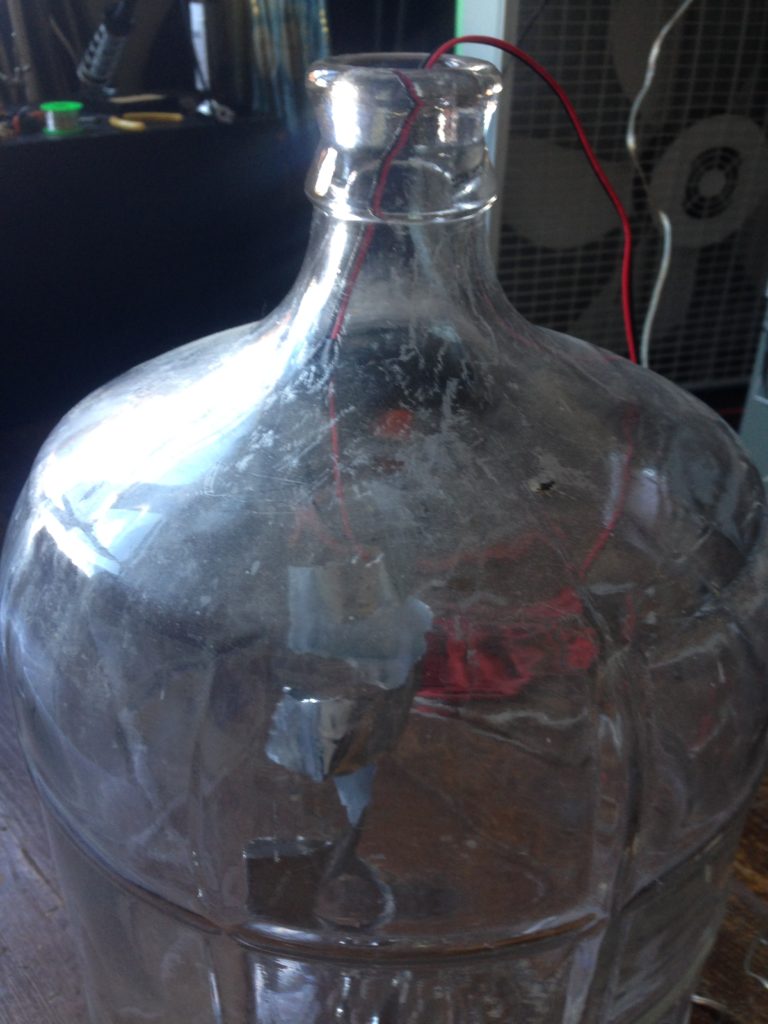
Started Back in February creating my own voice coils with some magnet wire.
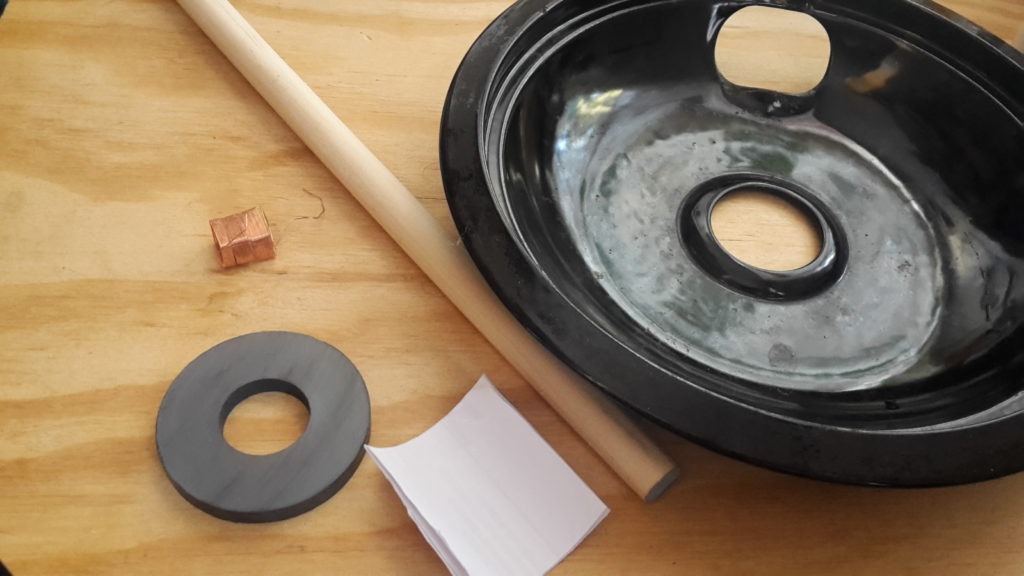
In March and April, I Was creating then growing Rochelle salt crystals which have a strong piezoelectric effect which is great for making speakers. As well testing out different materials to act as diaphragms
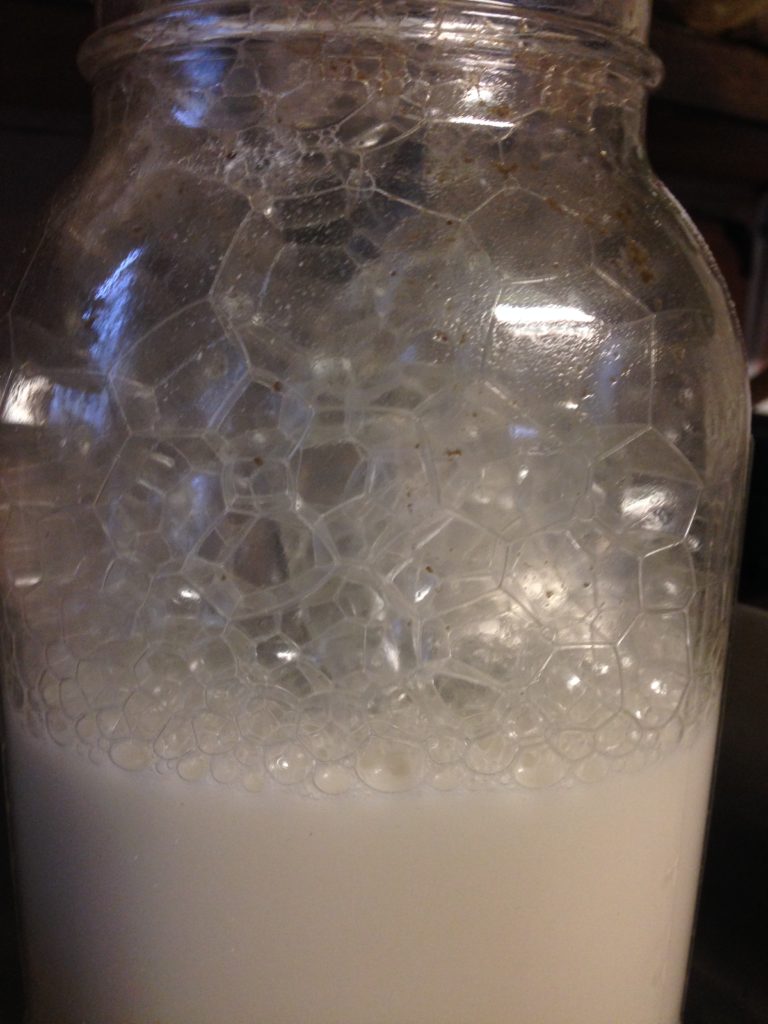
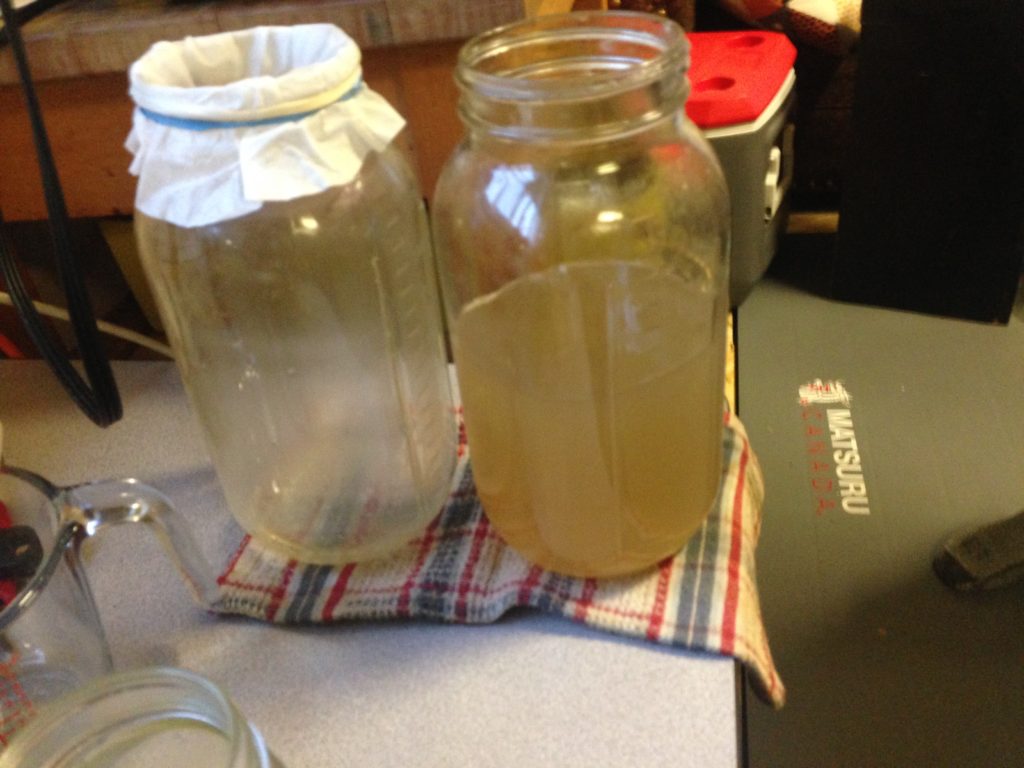
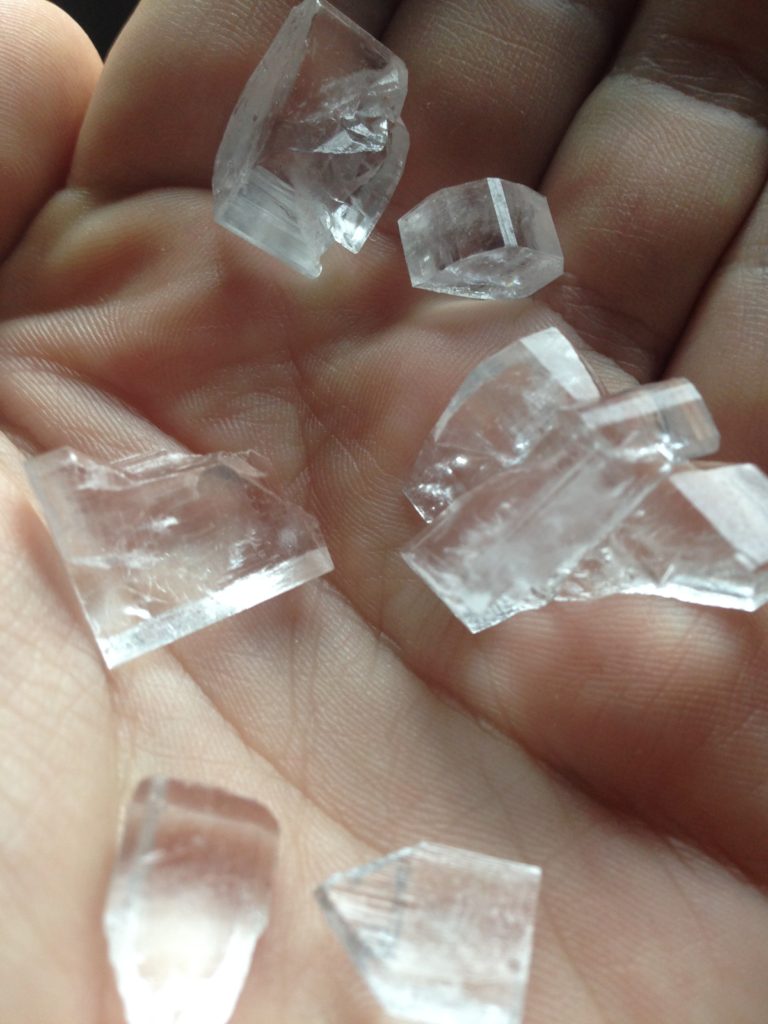
In may I have been also growing flatter versions of the crystals for some of my Rochelle salt crystal speaker experiments. As well as testing out different filtering though use of different size and shaped resonant chambers.
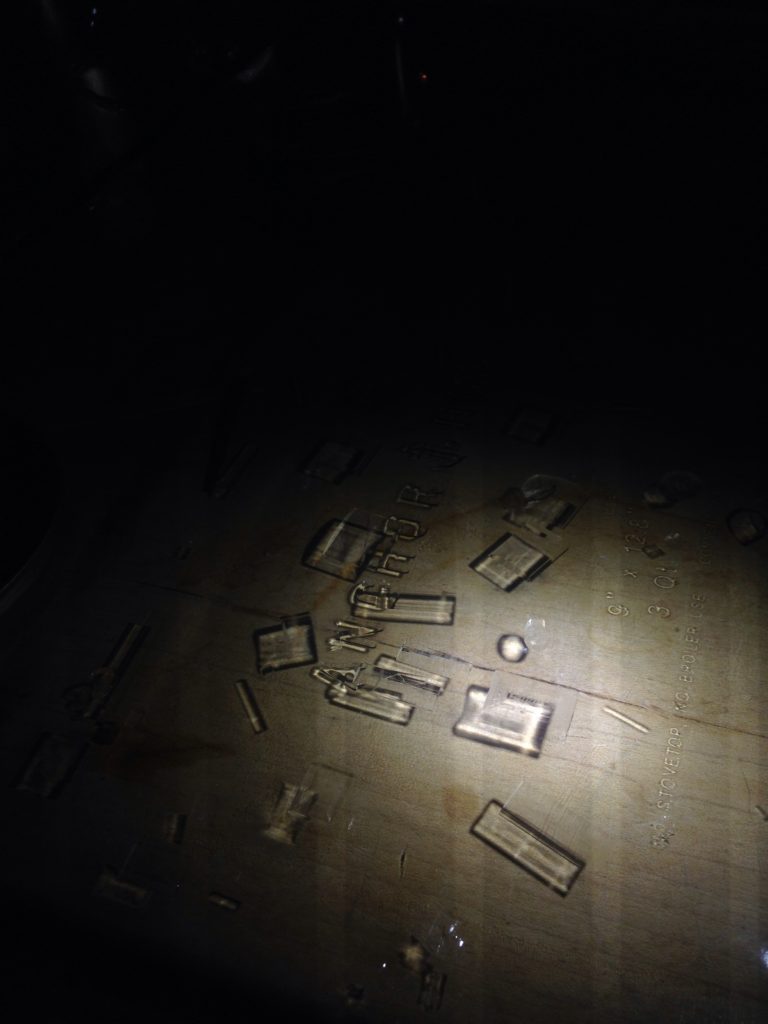
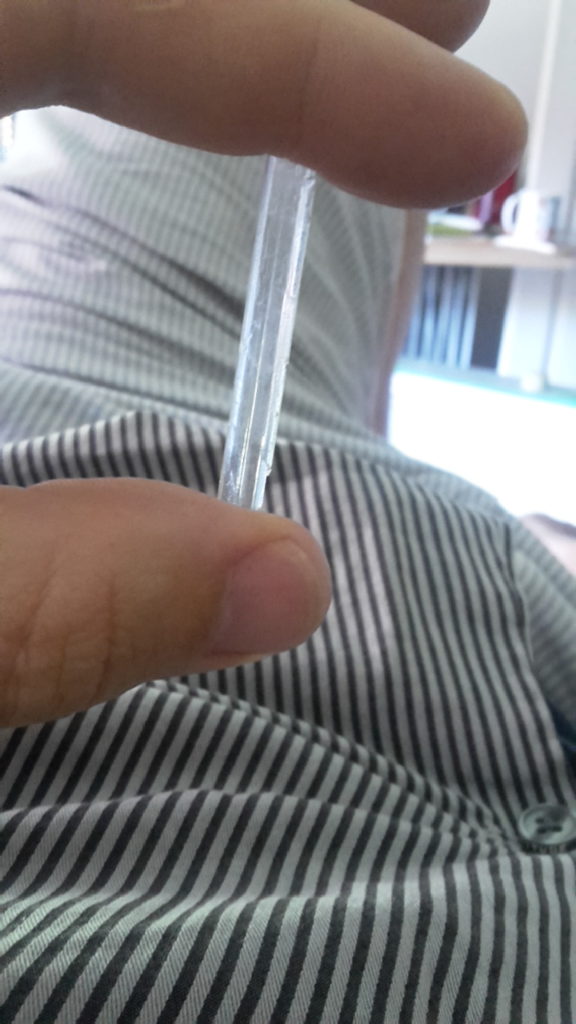

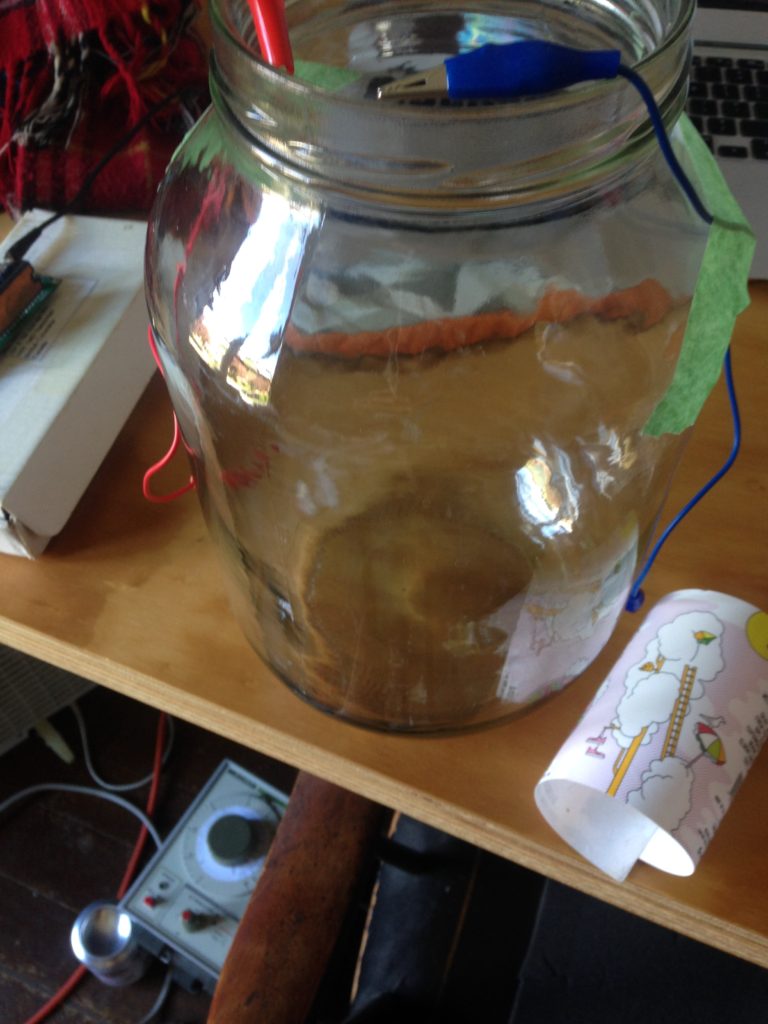
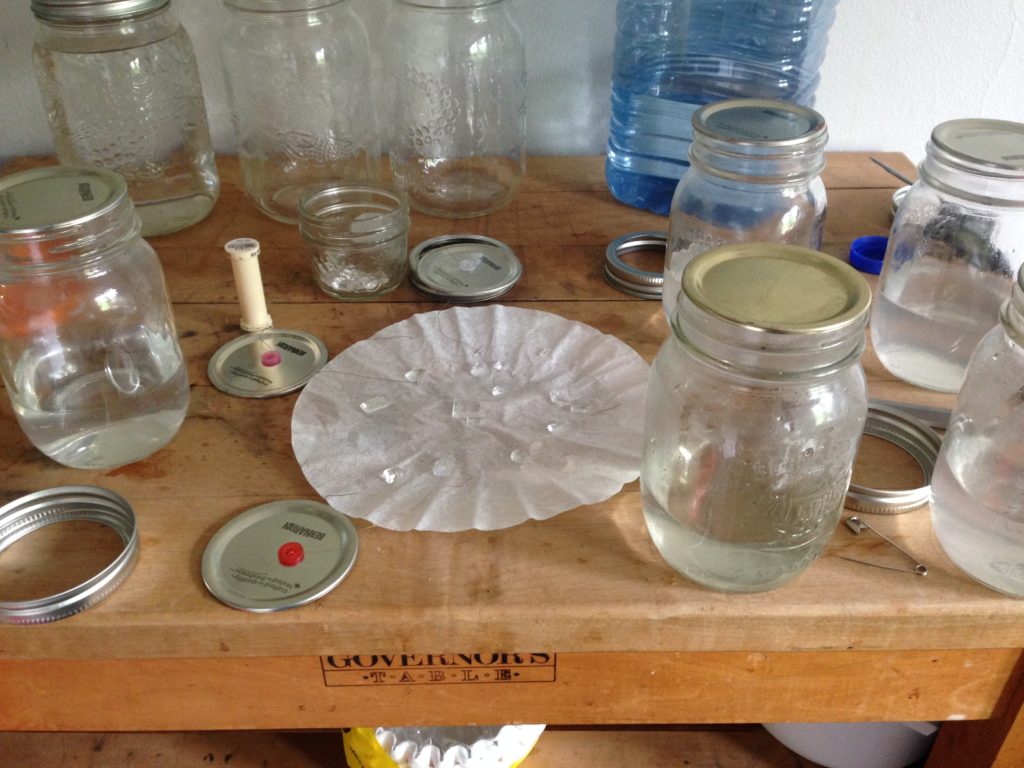
We acknowledge the support of the Canada Council for the Arts.




